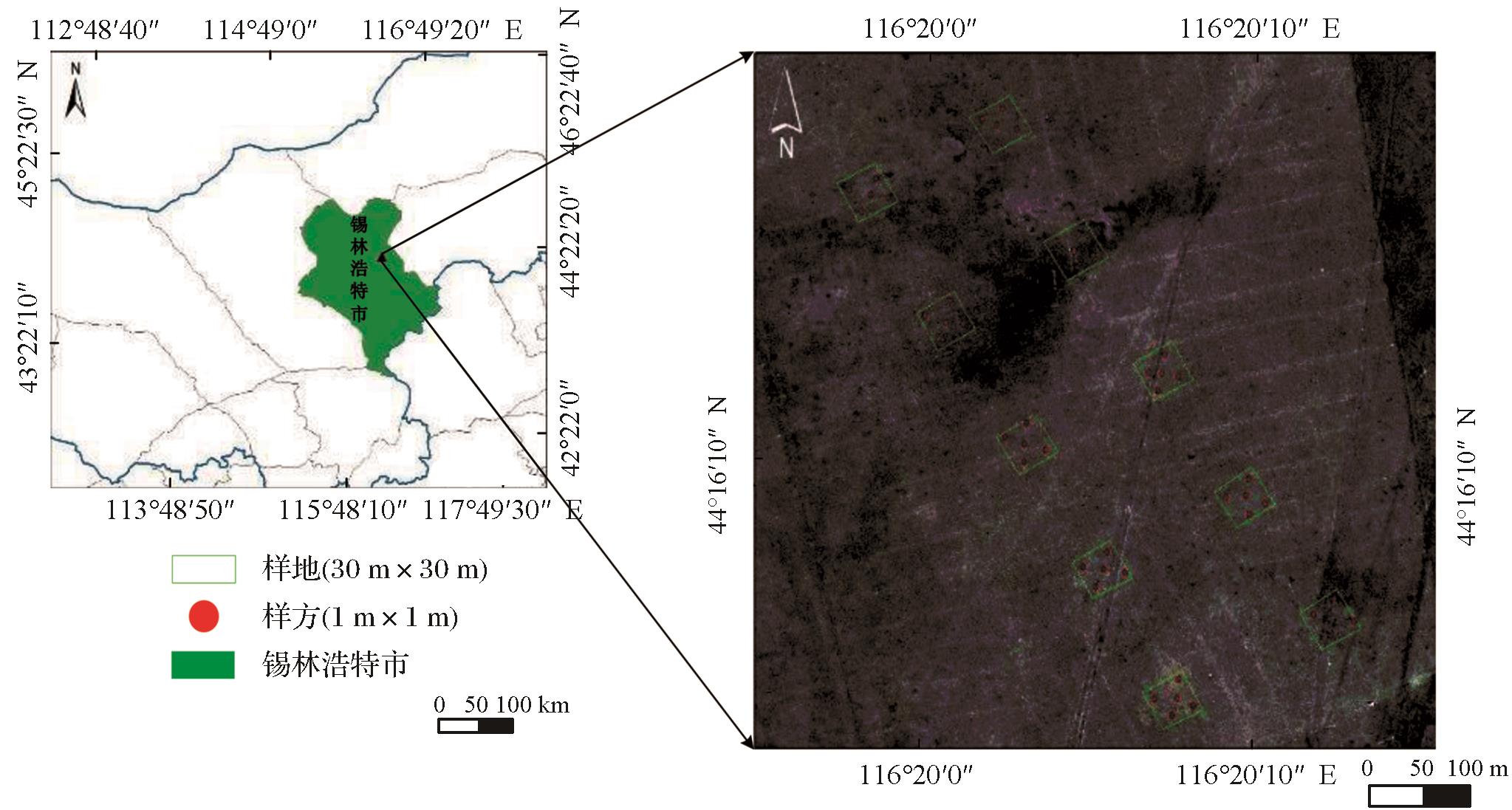[1] Lijun WEI, Yingying BIAN, Naiping SONG. Analysis of factors responsible for pasture degradation in Yanchi county of Ningxia Hui Autonomous Region. Bulletin of Soil and Water Conservation, 27, 122-125,154(2007).
[2] Yonghong LI. Research on the grazing degradation model of the main steppe rangelands in Inner Mongolia and some considerations for the establishment of a computerized rangeland monitoring system. Chinese Journal of Plant Ecology, 18, 68-79(1994).
[3] Yonghong LI. Restoration dynamics of degraded grasslands in the typical steppe zone of Inner Mongolia. Biodiversity Science, 3, 125-130(1995).
[4] Chi YANG, Yintogeto BAO, Liang LI. Variation of module of Artemisia frigida population under different grazing intensities. Acta Ecologica Sinica, 21, 405-408(2001).
[5] Wei WANG, Zhongling LIU, Dunyuan HAO et al. Researchon the restoring succession of the degenerated grassland in Inner Mongolia I. Basic characteristics and driving force for restoration of the degenerated grassland. Chinese Journal of Plant Ecology, 20, 449-459(1996).
[6] Wei WANG, Zhongling LIU, Dunyuan HAO et al. Researchon the restoring succession of the degenerated grassland in Inner Mongolia II. Analysis of the restoring processes. Chinese Journal of Plant Ecology, 20, 460-471(1996).
[7] Quangong CHEN. Current status and development of grassland monitoring in China. Pratacultural Science, 25, 29-38(2008).
[8] Tiemei Wang. Thinking on the system and method of grassland resource survey in China, 2020, 39-41.
[9] Ning ZHU, Hao WANG, Xiaogang NING et al. Advances in remote sensing monitoring of grassland degradation. Science of Surveying and Mapping, 46, 66-76(2021).
[10] Yina HU, Ru AN, Zetian AI et al. Researches on grass species fine identification based on UAV hyperspectral images in Three-River Source region. Remote Sensing Technology and Application, 36, 926-935(2021).
[11] Yuke ZHOU, Jianwen LIU. Spatio-temporal analysis of vegetation phenology with multiple methods over the Tibetan Plateau based on MODIS NDVI data. Remote Sensing Technology and Application, 33, 486-498(2018).
[12] Qinghua GUO, Tianyu HU, Jin LIU et al. Advances in light weight unmanned aerial vehicle remote sensing and major indu-strial applications. Progress in Geography, 40, 1550-1569(2021).
[13] J Torres-Sánchez, J Peña, A De Castro et al. Multi-temporal mapping of the vegetation fraction in early-season wheat fields using images from UAV. Computers and Electronics in Agriculture, 103, 104-113(2014).
[14] Tao ZHANG, Jianmin DU, Yuge BI et al. Classification of small sample desert grassland species based on neighborhood aggregation and deep learning. Journal of Optoelectronics·Laser, 34, 291-298(2023).
[15] Mula NA, Yuan LI, Wuyun WANG et al. Identification of typical species in desert steppe based on unmanned aerial vehicle multispectral images. China Agricultural Informatics, 34, 37-48(2022).
[16] Hongyan YANG, Jianmin DU, Peiying RUAN et al. Vegetation classification of desert steppe based on unmanned aerial vehicle remote sensing and random forest. Transactions of the Chinese Society for Agricultural Machinery, 52, 186-194(2021).
[17] Hongyan YANG, Jianmin DU, Yuan WANG et al. Classification method of grassland species based on unmanned aerial vehicle remote sensing and convolutional neural network. Transactions of the Chinese Society for Agricultural Machinery, 50, 188-195(2019).
[18] C ZHANG, P ATKINSON, C GEORGE et al. Identifying and mapping individual plants in a highly diverse high-elevation ecosystem using UAV imagery and deep learning. ISPRS Journal of Photogrammetry and Remote Sensing, 169, 280-291(2020).
[19] K SIMONYAN, A ZISSERMAN. Very deep convolutional networks for large-scale image recognition, 1-14(2015).
[20] K M HE, X Y ZHANG, S Q REN et al. Deep residual learning for image recognition, 770-778(2016).
[21] X H DING, X Y ZHANG, N N MA et al. RepVGG:Making VGG-style convnets great again, 13728-13737(2021).
[22] Q L WANG, B G WU, P F ZHU et al. ECA-Net:Efficient channel attention for deep convolutional neural networks, 11531-11539(2019).
[23] Y W LEE, P JONGYOUL. CenterMask:Real-time anchor-free instance segmentation, 13906-13915(2020).
[24] J HU, L SHEN, G SUN. Squeeze-and-excitation networks, 7132-7141(2018).




